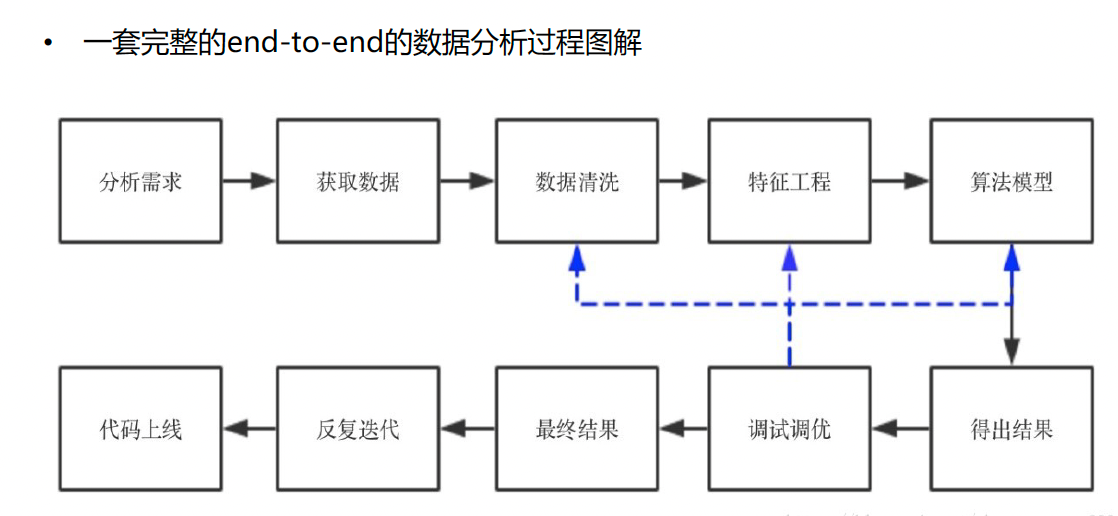维度灾难不再怕:特征选择算法的应对之道
发布时间: 2024-09-07 19:26:09 阅读量: 28 订阅数: 34 


# 1. 特征选择的挑战与重要性
数据科学领域有句名言:“数据不是越多越好,关键看你怎么用。”特征选择作为机器学习前处理的核心步骤之一,对模型的性能和解释能力有着举足轻重的影响。然而,它也是一把双刃剑,挑战与重要性并存。复杂且高维的数据集往往带来“维度灾难”,这不仅使得计算资源的消耗剧增,还会让模型泛化能力下降,甚至在某些情况下完全失效。因此,合理地进行特征选择,筛选出与预测任务最相关的特征,对于改善模型训练效率、提高预测精度以及降低过拟合的风险具有显著意义。接下来,我们将深入探讨特征选择的理论基础、实践进阶以及高级应用,揭示其在数据科学中的重要角色。
# 2. 理论基础 - 特征选择的关键概念
## 2.1 特征选择的定义与目的
### 2.1.1 什么是特征选择
在机器学习中,特征选择是一个非常重要的预处理步骤,它涉及从原始特征集中选择出最有助于建立模型的特征子集。这样做有几个目的:首先,它有助于减少模型的复杂度,防止过拟合;其次,它能够提高模型训练的效率和预测性能;最后,选择合适的特征能够增强模型的可解释性。
特征选择通常通过三种方式实现:过滤法(Filter)、包裹法(Wrapper)和嵌入法(Embedded)。过滤法侧重于特征与标签之间的统计关系;包裹法评估特征子集的性能,基于模型的预测效果来选择特征;嵌入法则是在模型训练过程中同时进行特征选择。
### 2.1.2 特征选择的重要性
特征选择的重要性可以从以下四个方面来理解:
- **提升性能**:通过消除不相关或冗余的特征,可以减少模型的复杂度,从而降低过拟合的风险,提升模型的泛化能力。
- **加速训练**:较少的特征意味着模型训练过程中需要处理的数据量减少,这可以显著降低计算资源的消耗和训练时间。
- **可解释性**:选择的特征子集能够提供对模型决策过程的更好理解。这在某些领域(如医疗诊断)尤为重要,其中模型的决策需要符合专家的知识或符合法规要求。
- **提高数据质量**:特征选择可以作为一种数据清洗的手段,它有助于识别和移除噪声和不一致的数据点,从而提高整体数据质量。
## 2.2 特征选择的分类
### 2.2.1 过滤法
过滤法通过评估数据集中的特征与目标变量之间的关系来选择特征。它是一种无模型的方法,通常包括统计测试,比如卡方检验、F检验、互信息和相关系数等。这些方法计算快速且易于实施,但可能会忽略特征之间的相关性。
#### 代码实践 - 单变量特征选择方法
```python
import numpy as np
from sklearn.datasets import load_iris
from sklearn.feature_selection import SelectKBest, f_classif
# 加载数据集
iris = load_iris()
X, y = iris.data, iris.target
# 应用单变量特征选择
# 这里以ANOVA F-value作为评估标准,选择最佳的K个特征
bestfeatures = SelectKBest(score_func=f_classif, k=3)
fit = bestfeatures.fit(X, y)
# 打印出每个特征的得分
print("特征得分:", fit.scores_)
# 打印出选中的特征索引
features = fit.transform(X)
print("选中的特征:", features)
```
### 2.2.2 包裹法
包裹法把特征选择过程看作是在给定的算法上寻找最优特征子集的搜索过程。最常见的方法之一是递归特征消除(Recursive Feature Elimination, RFE),它通过迭代模型来消除权重最小的特征。由于包裹法需要训练模型,因此其计算成本通常比过滤法更高。
### 2.2.3 嵌入法
嵌入法结合了过滤法和包裹法的特点,它通过在模型训练的过程中嵌入特征选择来优化性能。正则化技术如L1正则化(Lasso回归)和基于树的方法如随机森林,都属于嵌入法。这种方法通常能够得到比其他两种方法更好的结果,因为它是从特征子集与模型结合的角度来优化。
## 2.3 维度灾难的影响
### 2.3.1 维度灾难概述
随着特征数量的增加,数据会越来越稀疏,这会导致训练好的模型在未见数据上的表现大打折扣,这个问题被称为“维度灾难”。在高维数据中,数据点在空间中分布得很远,导致模型很难捕捉到局部的模式,而且高维数据常常伴随着噪声的增加和计算成本的上升。
### 2.3.2 维度灾难的后果
维度灾难的后果包括:
- **过拟合**:过多的特征可能导致模型在训练数据上表现良好,但泛化到新数据时性能下降。
- **计算复杂性高**:特征空间的维度越高,需要的样本量就越多,否则模型的训练和评估会变得非常耗时。
- **解释性差**:更多的特征往往意味着模型解释的难度和复杂性增加。
为了避免维度灾难,采用适当的特征选择方法至关重要。通过减少特征的数量,可以显著提高模型的效率和性能,并降低模型过拟合的风险。
# 3. 实践进阶 - 算法选择与实现
## 3.1 过滤法算法实践
过滤法(Filter Methods)是特征选择的一种直观方法,它基于各种统计测试来选择特征,不需要考虑模型的选择。特征的选择是独立于模型的,这使得过滤法算法非常快速且高效。
### 3.1.1 单变量特征选择方法
单变量特征选择方法评估每个特征与响应变量之间的统计依赖性,并选择与响应变量关系最密切的特征。一个常见的方法是使用卡方检验来测试分类特征与分类响应之间的关系,或者使用F检验来测试连续特征与分类响应之间的关系。
```python
from sklearn.feature_selection import SelectKBest, chi2, f_classif
# 假定 X_train 是特征数据,y_train 是目标变量
chi_selector = SelectKBest(chi2, k=10) # 选择与目标变量关系最密切的前10个特征
X_train_best_features = chi_selector.fit_transform(X_train, y_train)
# 打印被选择的特征的卡方统计量以及对应的P值
print('得分:', chi_selector.scores_)
print('排名:', chi_selector.get_support(indices=True))
```
在这段代码中,我们首先导入了 `SelectKBest` 和 `chi2` 两个类。然后我们创建一个 `SelectKBest` 的实例并指定 `chi2` 作为评分函数,并设置我们想要选择的特征数量 `k`。之后,我们调用 `fit_transform` 方法进行特征选择,并打印出了每个特征的卡方统计量以及选择的特征的索引。
### 3.1.2 相关性分析与选择
另一种常用的过滤法是使用皮尔逊相关系数来衡量连续特征和连续目标变量之间的相关性。该方法的核心思想是选择与目标变量高度相关的特征,通常选择相关系数的绝对值大于某个阈值的特征。
```python
import numpy as np
from scipy.stats import pearsonr
# 计算特征和目标变量之间的相关系数
correlation_matrix = np.corrcoef(X_train, rowvar=False)
# 相关系数的绝对值大于阈值的特征被认为是相关的
threshold = 0.5
correlated_features = np.where(abs(correlation_matrix) > threshold)
# 提取高度相关的特征
selected_features = np.array(range(X_train.shape[1]))[correlated_features]
X_train_selected_features = X_train[:, selected_features]
print("相关性阈值大于
```
0
0





